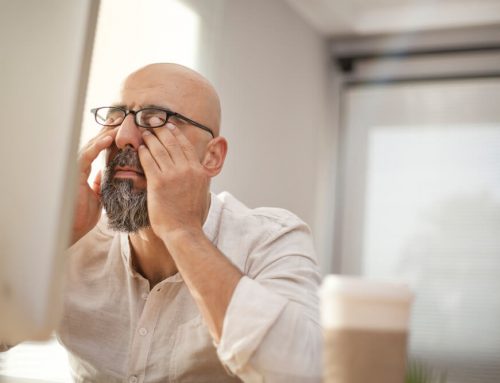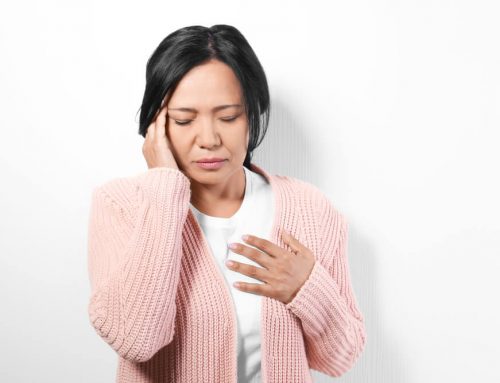
The typical cycle of migraine progression over time is still under investigation. Several studies have explored the impact of migraines and its duration throughout a patient’s lifespan. They suggest migraines may decrease with age for the following three reasons.
- Migraines are a progressive disorder.
A Swedish study finds the frequency and severity of migraine attacks decrease or even disappear as a person ages. The study by the Gothenburg Migraine Clinic surveyed 374 patients over 12 years. They found that 29% of the patients no longer suffered from the disorder as they aged and the remaining 71% had fewer, less frequent, and milder episodes.
- Migraines are a hereditary disorder.
Another study suggests migraines are a genetic disorder that runs in the family. It often begins in childhood around puberty with a few attacks per year. Then, it progresses into a few attacks per week between the ages of 22 and 55 years, after which the attacks become less frequent, milder, or disappear altogether (Burstein, Noseda, & Borsook, 2015).
- Migraines are a complex neurological disorder.
Evidence holds that the altered brain structure and function due to repetitive headache episodes explain the progression of the disorder (Burstein, et. al., 2015; Scher et. al., 2011). In addition to genetic causes, the effect of the sufferer’s environment and inflammation may progress into adulthood. During aging, the brain begins to lose cells and shrink. This leads to a decrease in several neurological functions and signaling pathways, which may account for the decrease of migraines in old age.
Early management may ease the progression of this disorder over time. A report published in the journal Headache suggests that maintaining a healthy body weight, reducing caffeine intake, and getting treatment for sleep disruptions can help limit migraines and increase the chances of eliminating it as a patient age.
References
Burstein, R., Noseda, R., & Borsook, D. (2015). Migraine: Multiple Processes, Complex Pathophysiology. The Journal of Neuroscience, 35(17), 6619–6629. http://doi.org/10.1523/JNEUROSCI.0373-15.2015
Dahlöf, C. G. H., Johansson, M., Casserstedt, S. and Motallebzadeh, T. (2009), The Course of Frequent Episodic Migraine in a Large Headache Clinic Population: A 12-Year Retrospective Follow-Up Study. Headache: The Journal of Head and Face Pain, 49: 1144–1152. doi:10.1111/j.1526-4610.2009.01502.x
Goldstein, J., Silberstein, S. D., Saper, J. R., Ryan, R. E. and Lipton, R. B. (2006), Acetaminophen, Aspirin, and Caffeine in Combination Versus Ibuprofen for Acute Migraine: Results From a Multicenter, Double-Blind, Randomized, Parallel-Group, Single-Dose, Placebo-Controlled Study. Headache: The Journal of Head and Face Pain, 46: 444–453. doi:10.1111/j.1526-4610.2006.00376.x
Scher, A. I., Gudmundsson, L. S., Sigurdsson, S., Ghambaryan, A., Aspelund, T., Eiriksdottir, G., … Launer, L. J. (2009). Migraine Headache in Middle-Age and Late-Life Brain Infarcts: The Age Gene/Environment Susceptibility – Reykjavik Study. JAMA : The Journal of the American Medical Association, 301(24), 2563–2570. http://doi.org/10.1001/jama.2009.932






Leave A Comment
You must be logged in to post a comment.